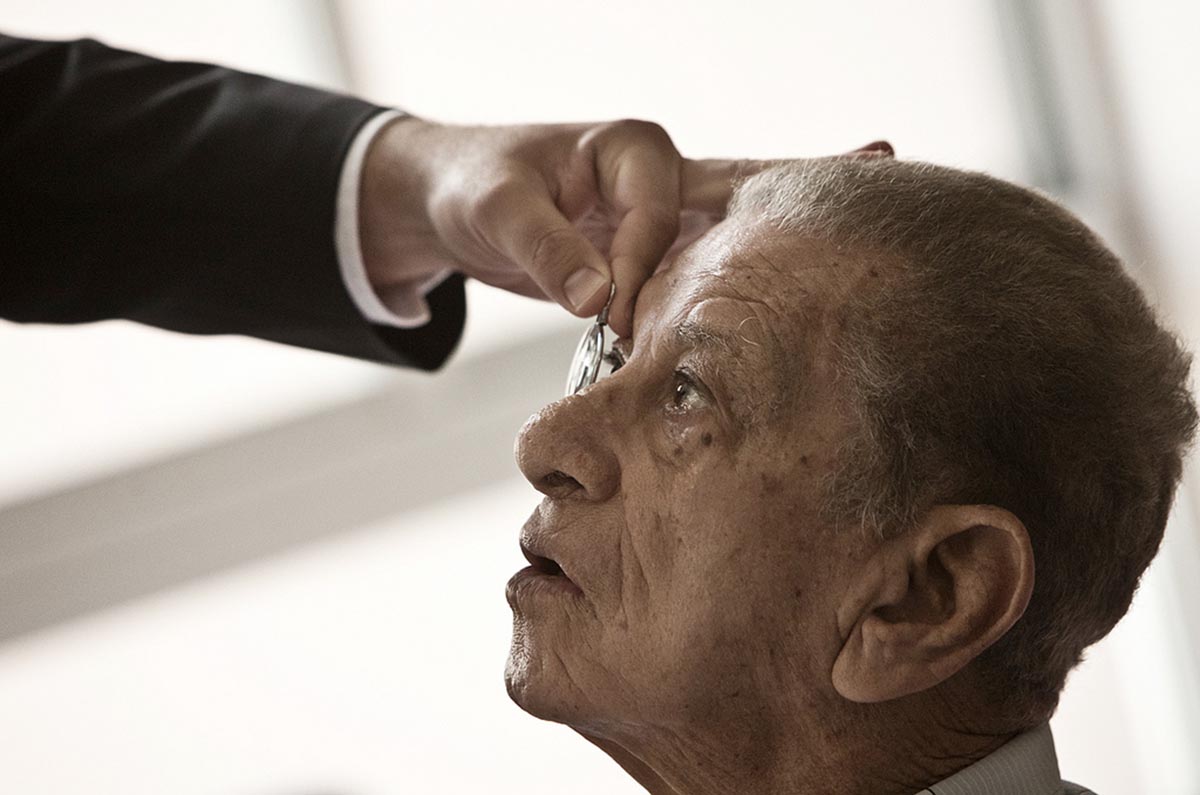Table of Contents
Old age often comes with a lot of diseases and problems. Eye problems are one of the most important issues people are very likely to deal with. As you get older, not only do your body tissues get weaker and softer, some decline in your senses, starting with your eyes, is also expected. It is important to get your eyes examined as you get older and if you already have eye problems, do not wait until it gets worse.

Let's take a look at the most common eye problems you are likely to face as you age.
Age-related Macular Degeneration (AMD)
AMD is the most common cause of vision loss in people older than 50. Age-related macular degeneration is a condition that occurs in older adults, as a result of damage to the retina. This damage leads to gradual loss of vision in the macula (2.1% of the retina) which results in central vision loss. Peripheral vision (97.9% of the retina) is not affected in this disease. About 1 in 8 people aged over 80 have AMD. It is more common in women. AMD is painless. There are two types of AMD: wet and dry.
Dry AMD is the most common form of AMD. In this condition, the retinal pigment epithelial cells slowly degenerate, leading to loss of photoreceptor in the macula. Because this is a progressive disease, the symptoms set in gradually and complete vision loss may take years.
Wet AMD is the more severe form of AMD. It is rare and occurs as a result of an abnormal blood vessel which may rupture and cause bleeding. Compared to dry AMD, complete loss of vision can occur in just months with wet AMD.
Some of the symptoms of AMD are:
- An inability to recognize faces
- An inability to read
- Blurred vision
- Distorted vision
- An inability to differentiate colors.
Cataracts
A cataract is the clouding of the lens in the eye.
The lens, which is the part of the eye responsible for focusing light on the retina, is made of proteins which could clump and create cloudy areas. If the lens is not clear, the retina would not receive a sharp image. Although cataracts develop slowly and over time, they can seriously impair your vision.
Cataracts can be caused by inherited genetic disorders but as you age, the tissues that make up your lens are broken down and clump together, which can also cause clouding of the lens. Also, environmental factors can cause cataracts to get worse over time. There are different types of cataracts. Some of the symptoms include blurry vision, double vision, increased sensitivity to light, and difficulty seeing at night. Cataracts can be removed surgically, in a very simple opreation that can completely restore sight.
See Also: Cataract surgery
Glaucoma
Damage to your eye’s optic nerve is what causes glaucoma. Glaucoma is a group of disorders. Increased pressure inside your eye can lead to damage of the nerves, which can lead to blindness over time. It is one of the main causes of blindness in the United States. The vision loss seen in glaucoma patients occurs over time. It is a gradual process and there is no treatment for glaucoma so prevention and early diagnosis is the key for this disease. There are two main categories of glaucoma: Open-angle and closed-angle glaucoma. They both relate to the angle between the iris and the cornea.
- Photo courtesy of ORBIS UK by Flickr : www.flickr.com/photos/orbis_emea/9630296474/
- Photo courtesy of USAG- Humphreys by Flickr : www.flickr.com/photos/usaghumphreys/4864134499/


Your thoughts on this